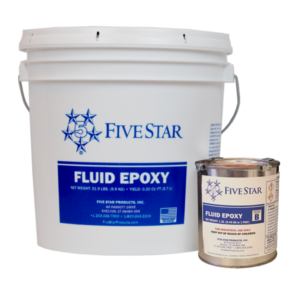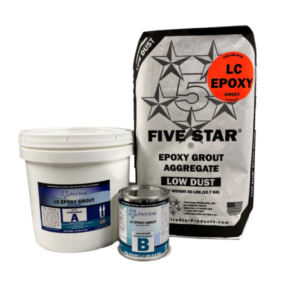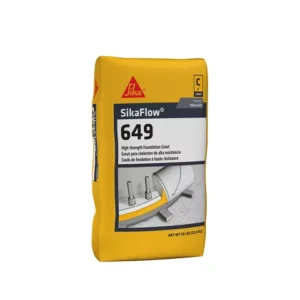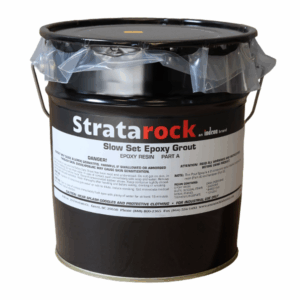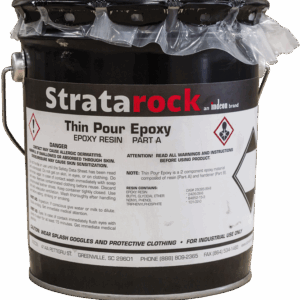Thin Pour
Thin pour epoxy grout delivers exceptional precision for shallow grouting applications under 2 inches deep. Traditional grouts lack the flowability and strength needed for these critical installations. Our high-performance thin pour formulations excel where precision and stability matter most. Contractors choose them for grouting under rail tracks, soleplates, baseplates, and skid-mounted machinery with minimal clearance. These precision grouting solutions ensure exact alignment and long-term stability in demanding industrial applications.
Showing all 12 results
Showing all 12 results
Precision Epoxy Grout for Baseplate Installation
Professional contractors rely on thin pour epoxy grout for critical baseplate grouting applications. The material flows easily into tight spaces while maintaining superior bond strength. It bonds aggressively to steel and concrete surfaces. This creates exceptional load transfer and prevents costly equipment misalignment. The flowable consistency fills voids completely without air entrapment. Your baseplates stay perfectly aligned under operational loads.
High-Flow Grout for Rail Track and Soleplate Applications
Rail infrastructure and soleplate installations demand precision grouting materials that flow into narrow spaces. Thin pour epoxy grout provides the flowability needed for these challenging applications. It maintains structural integrity under heavy dynamic loads and thermal cycling. The material resists cracking and movement that plague traditional grouting methods. Transit authorities and industrial facilities choose it for reliable, long-lasting rail support systems.
Non-Shrink Thin Pour Grout for Precision Machinery
Sensitive manufacturing equipment requires grouting materials that maintain exact tolerances. Our non-shrink thin pour epoxy grout cures with virtually zero dimensional change. This prevents the settling and gaps that cause precision equipment to drift out of alignment. The material works perfectly for optical equipment, CNC machines, and laboratory instruments. It maintains structural integrity during thermal cycling and mechanical vibration.
Shallow Pour Epoxy Grout for Confined Spaces
Many industrial applications have limited clearance that prevents using standard grouting materials. Thin pour epoxy grout excels in these confined space applications. Its superior flow characteristics fill shallow voids completely. The material works in spaces as thin as 1/4 inch while maintaining full structural properties. This makes it ideal for retrofit applications and equipment upgrades where space limitations exist.
Fast-Setting vs Standard Cure Thin Pour Options
Different project schedules require different curing characteristics. Our thin pour epoxy grout line includes both fast-setting and standard cure formulations. Fast-setting versions minimize equipment downtime for critical operations. Standard cure formulations provide extended working time for complex installations. Both options deliver the same exceptional performance and precision required for shallow grouting applications.
Frequently Asked Questions
What is thin pour epoxy grout used for? Contractors use thin pour epoxy grout for shallow applications under 2 inches deep. Common uses include baseplate grouting, rail track support, soleplate installation, and precision machinery alignment.
How thin can you pour epoxy grout? You can apply our thin pour epoxy grouts in sections as thin as 1/4 inch. The material maintains full structural properties even in these shallow applications.
What’s the difference between thin pour and deep pour epoxy grout? Thin pour formulations offer superior flow characteristics for shallow applications. Deep pour grouts handle thicker sections but lack the flowability needed for confined spaces.
How long does thin pour epoxy grout take to cure? Standard formulations achieve initial set in 4-8 hours. Fast-setting versions can handle light loads in 2-4 hours. Full mechanical properties develop within 24-48 hours.
Can thin pour epoxy grout handle vibration? Yes, our thin pour formulations resist vibration and dynamic loading. The material maintains bond integrity under continuous mechanical stress and thermal cycling.


